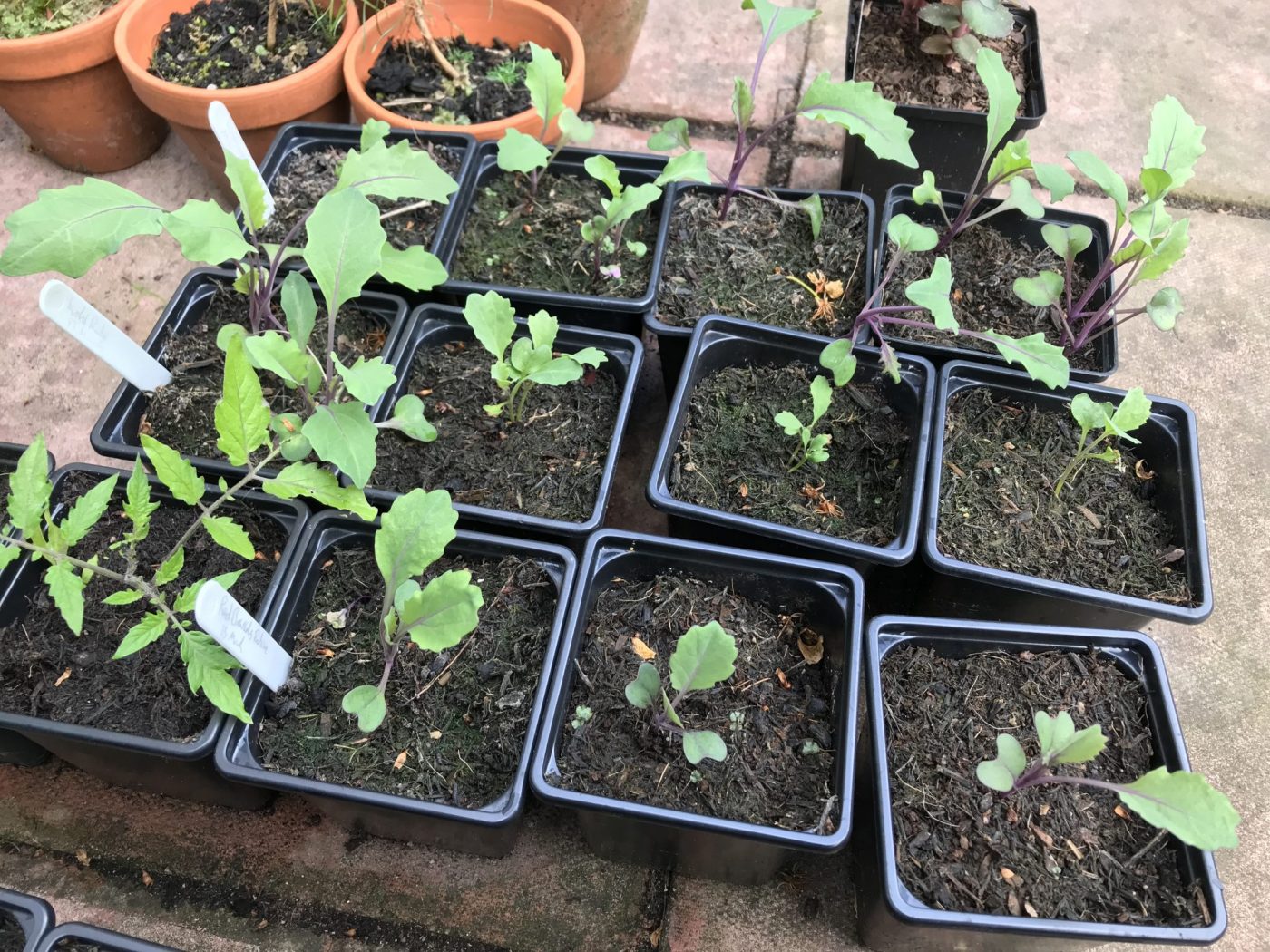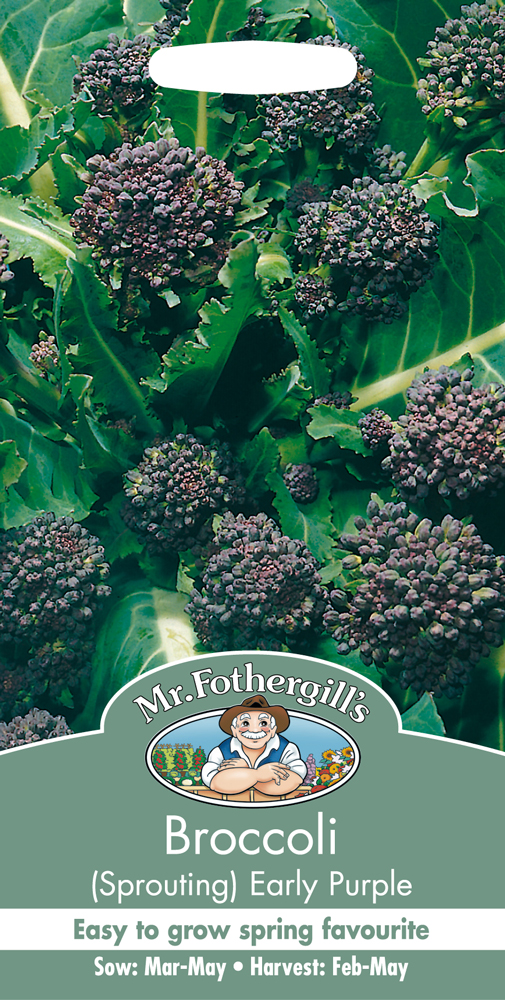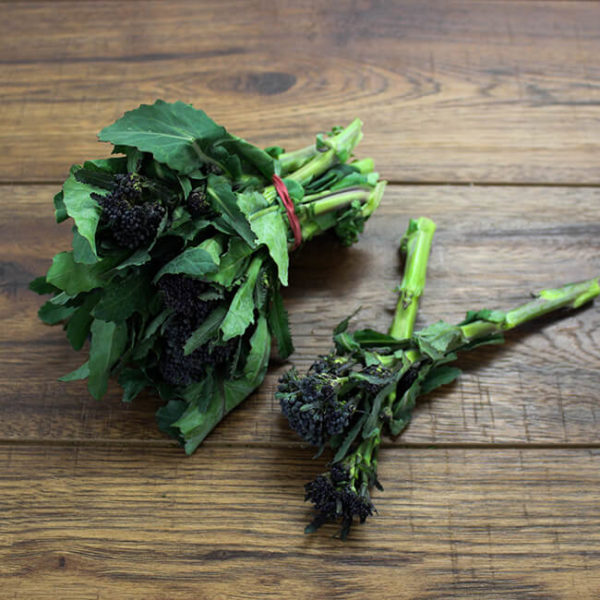

However, spring Broccolini is usually grown in California or Arizona, whereas PSB is largely grown in the PNW. Both crops produce at the same time of year and are often sold in floret bunches side by side on produce shelves. Purple sprouting broccoli can be confused with Broccolini which is a hybrid cross of broccoli and gai lan (also known as Chinese broccoli) due to similar appearance and harvest times. They also improve visual and neurological health and protect us against various non-communicable diseases (Hock et al, 2017). Scientific studies have shown that anthocyanins have the ability to help protect against cancer, obesity, and diabetes as well as having antioxidative and antimicrobial properties.

The purple color of PSB sprouts is due to an antioxidant compound known as anthocyanin that both serves to protect the plant and offers numerous health benefits to eaters. Purple foods like PSB can be nutritious additions to human diets. In 1985 Gray and Crisp introduced seeds of an improved cultivar for commercialization (Specialty Produce, 2020). Crisp began working on selecting hardier, more cold tolerant, and better tasting plants. Prior to the early 1980s, PSB was little known in marketplaces outside of England and Italy until two English breeders Alan Gray and P. Seeds for “Sprouting Purple Broccoli” were first listed in the French Vilmorin-Andrieux seed catalog in 1885, which also introduced the colorful cultivar to the United States.

Purple broccoli is native to the eastern Mediterranean and Central Asian region and was first cultivated in Southern Italy. italica and was once called Asparagus broccoli by the French seed catalog Vilmorin. It is botanically classified as Brassica oleracea var. Purple sprouting broccoli is a member of the Brassicaceae family and distinct for its florets, tender stalks, and ability to grow slowly throughout temperate winters. Purple sprouting broccoli can be overwintered in the PNW, providing unique economic opportunities for growers. Since PSB is so well suited to the PNW, it presents a unique opportunity for both growers and retailers alike to market and sell the crop regionally and beyond. Not only does this timing provide eaters with a new and fresh local food after a winter of storage crops, it provides farmers with income during a time when farm expenses are high with purchasing of the yearly supply of seeds, soil, amendments, and fertility products. The harvest window of late winter and early spring makes PSB standout in the marketplace when little diversity in fresh produce is available and overwintering storage crops are waning. During the winter fully mature leaves can also be harvested and eaten like kale (they are incredibly sweet and taste like broccoli), providing additional fresh nutrition and food throughout the cold months. Planted in late summer and left to overwinter in the field, plants will produce an abundance of tender stems with bright purple sprouts starting in late February and producing through early May. It is uniquely suited to growing regions with mild winters, like the PNW, where temperatures don’t drop below 15-20☏ on average. Purple sprouting broccoli (PSB) is a vibrant and nutritious crop that can be overwintered in the maritime climate of the Pacific Northwest (PNW). PUBLICATION DATE: NOVEMAUTHORS: LAURIE MCKENZIE AND MICAELA COLLEY, ORGANIC SEED ALLIANCE FUNDER: This report was made possible through support of the Washington State Department of Agriculture (WSDA) Specialty Crops Block Grant Program as a part of the OSA-led project, Expanding Purple Sprouting Broccoli.


 0 kommentar(er)
0 kommentar(er)
